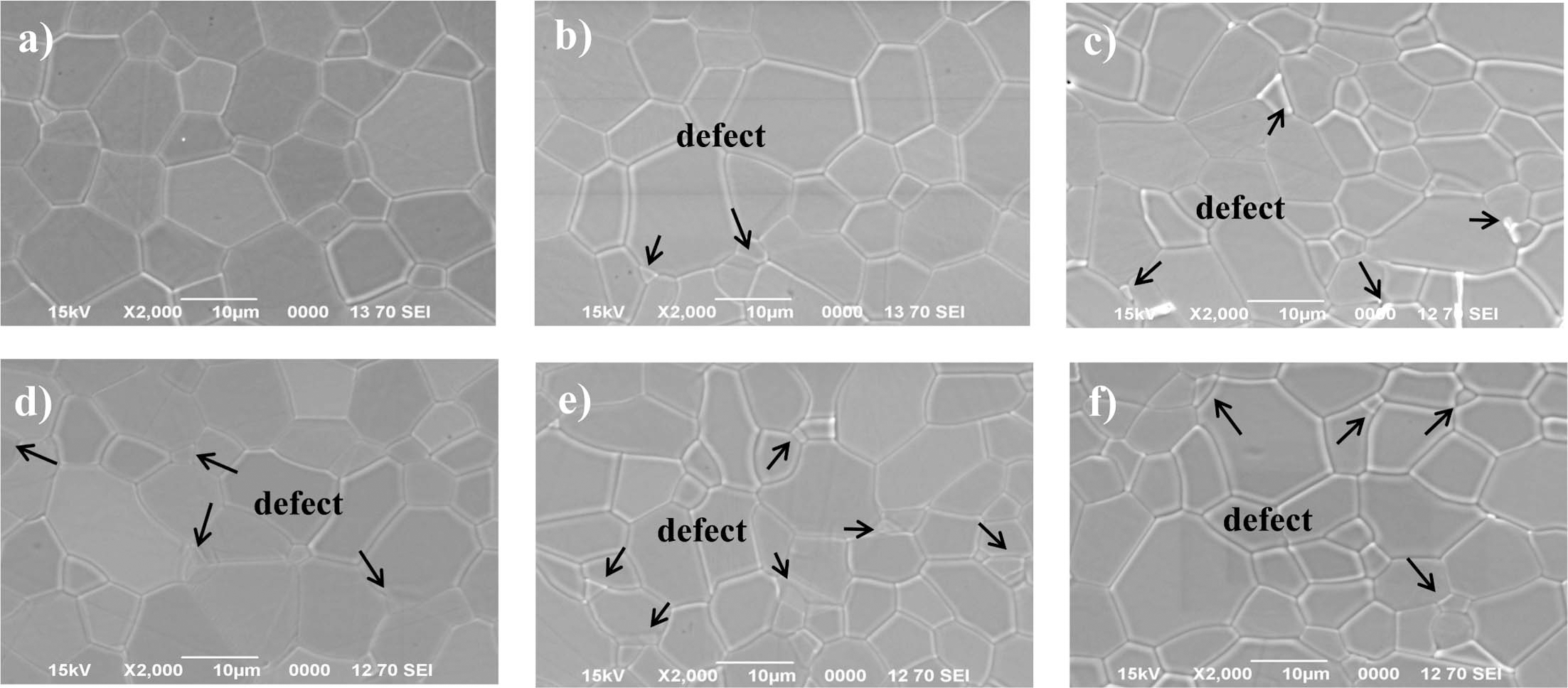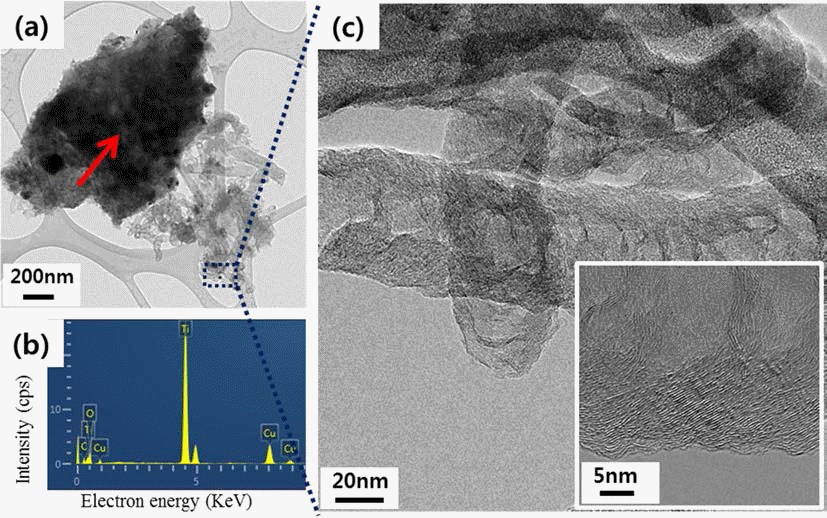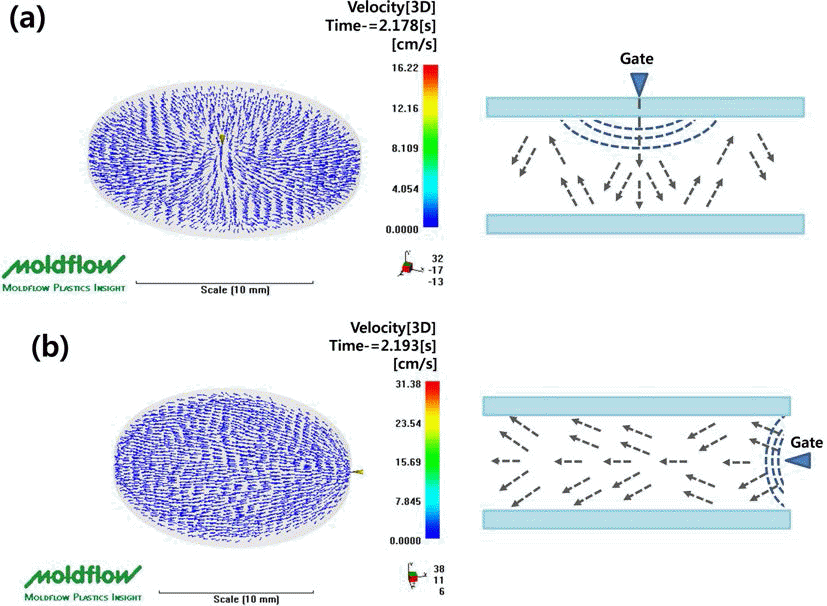- [English]
- Powder Injection Molding of Translucent Alumina using Supercritical Fluid Debinding
-
Hyung Soo Kim, Jong Min Byun, Myung Jin Suk, Young Do Kim
-
J Korean Powder Metall Inst. 2014;21(6):407-414. Published online December 1, 2014
-
DOI: https://doi.org/10.4150/KPMI.2014.21.6.407
-
-
749
View
-
1
Download
-
1
Citations
-
 Abstract Abstract
 PDF PDF
The powder injection molding process having advantages in manufacturing three-dimensional precision parts essentially requires a debinding process before sintering to remove the binders used for preparing feedstock. In this study, powder injection molding of translucent alumina was performed, and carbon dioxide (CO2) is used as a supercritical fluid that makes it possible to remove a large amount of binder, which is paraffin wax. The relationship between the optical property of translucent alumina and the debinding condition (temperature and pressure) of supercritical CO2 was investigated. As temperature and pressure increased, extraction rate of the binder showed rising tendency and average grain size after sintering process was relatively fine. On the other hand, optical transmittance was reduced. As a result, the debinding condition at 50° and 20 MPa that represents the lowest extraction rate, 8.19 × 10−3 m2/sec, corresponds to the largest grain size of 14.7 μm and the highest optical transmittance of 45.2%. -
Citations
Citations to this article as recorded by  - Experimental and numerical analysis of effects of supercritical carbon dioxide debinding on Inconel 718 MIM components
Dugauguez Olivier, Agne Aboubabky, Jimenez-Morales Antonia, Torralba José Manuel, Barriere Thierry
Powder Technology.2019; 355: 57. CrossRef
- [Korean]
- CNT Growth Behavior on Ti Substrate by Catalytic CVD Process with Temperature Gradient in Tube Furnace
-
Ju Hyuk Park, Jong Min Byun, Hyung Soo Kim, Myung-Jin Suk, Sung-Tag Oh, Young Do Kim
-
J Korean Powder Metall Inst. 2014;21(5):371-376. Published online October 1, 2014
-
DOI: https://doi.org/10.4150/KPMI.2014.21.5.371
-
-
805
View
-
2
Download
-
2
Citations
-
 Abstract Abstract
 PDF PDF
In this study, modified catalytic chemical vapor deposition (CCVD) method was applied to control the CNTs (carbon nanotubes) growth. Since titanium (Ti) substrate and iron (Fe) catalysts react one another and form a new phase (Fe2TiO5) above 700°C, the decrease of CNT yield above 800°C where methane gas decomposes is inevitable under common CCVD method. Therefore, we synthesized CNTs on the Ti substrate by dividing the tube furnace into two sections (left and right) and heating them to different temperatures each. The reactant gas flew through from the end of the right tube furnace while the Ti substrate was placed in the center of the left tube furnace. When the CNT growth temperature was set 700/950°C (left/right), CNTs with high yield were observed. Also, by examining the micro-structure of CNTs of 700/950°C, it was confirmed that CNTs show the bamboo-like structure. -
Citations
Citations to this article as recorded by  - Fabrication of Ti Porous body with Improved Specific Surface Area by Synthesis of CNTs
Hye Rim Choi, Jong Min Byun, Myung-Jin Suk, Sung-Tag Oh, Young Do Kim
Journal of Korean Powder Metallurgy Institute.2016; 23(3): 235. CrossRef - Synthesis of CNT on a Camphene Impregnated Titanium Porous Body by Thermal Chemical Vapor Deposition
Hogyu Kim, Hye Rim Choi, Jong Min Byun, Myung-Jin Suk, Sung-Tag Oh, Young Do Kim
Journal of Korean Powder Metallurgy Institute.2015; 22(2): 122. CrossRef
- [Korean]
- A study on the Powder Injection Molding of Translucent Alumina via Flowability Simulation of Powder/Binder Mixture
-
Hyung Soo Kim, Jong Min Byun, Se Hoon Kim, Young Do Kim
-
J Korean Powder Metall Inst. 2014;21(3):215-221. Published online June 1, 2014
-
DOI: https://doi.org/10.4150/KPMI.2014.21.3.215
-
-
 Abstract Abstract
 PDF PDF
Translucent alumina is a potential candidate for high temperature application as a replacement of the glass or polymer. Recently, due to the increasing demand of high power light emitting diode (LED), there is a growing interest in the translucent alumina. Since the translucent property is very sensitive to the internal defect, such as voids inside or abnormal grain growth of sintered alumina, it is important to fabricate the defect-free product through the fabrication process. Powder injection molding (PIM) has been commonly applied for the fabrication of complex shaped products. Among the many parameters of PIM, the flowability of powder/binder mixture becomes more significant especially for the shape of the cavity with thin thickness. Two different positions of the gate were applied during PIM using the disc type of die. The binder was removed by solvent extraction method and the brown compact was sintered at 1750°C for 3 hours in a vacuum. The flowability was also simulated using moldflow (MPI 6.0) with two different types of gate. The effect of the flowability of powder/binder mixture on the microstructure of the sintered specimen was studied with the analysis of the simulation result.
|





